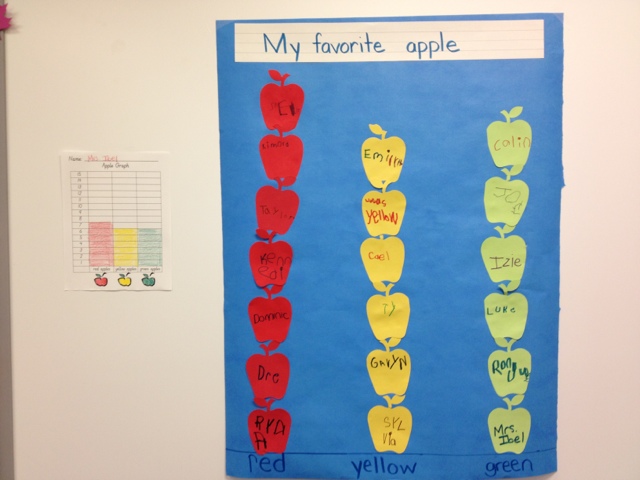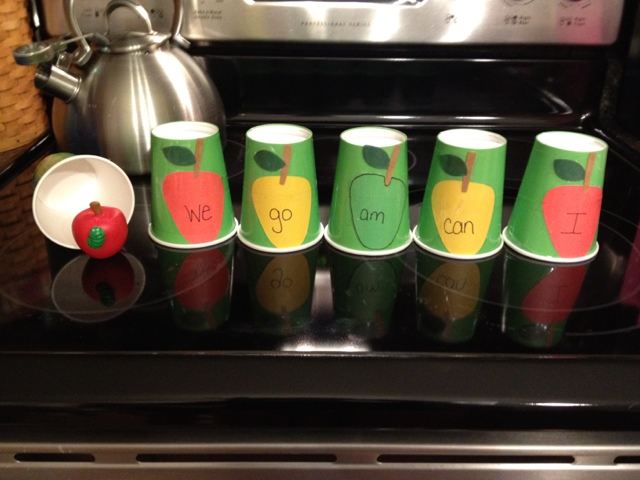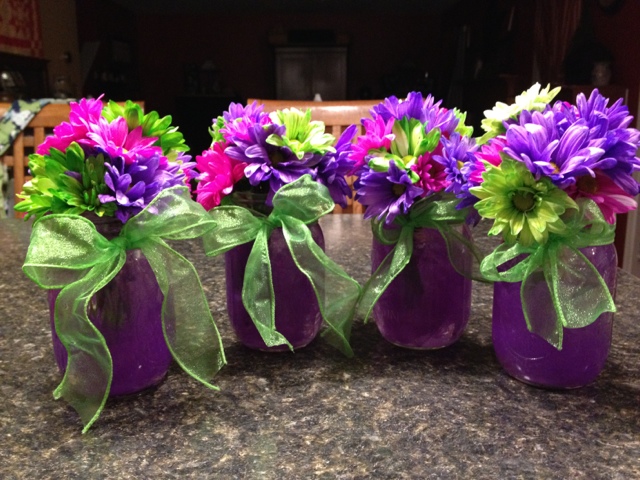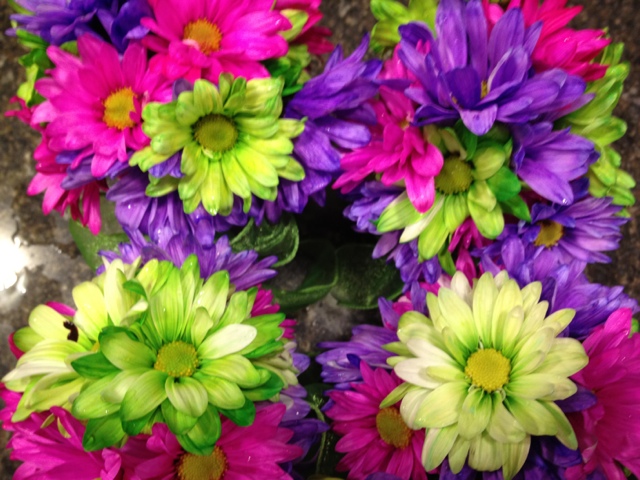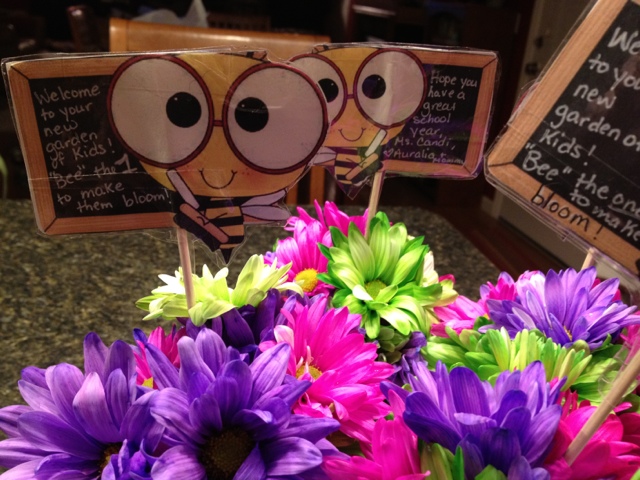Build-A-Bot Comprehension Strategy
"Ten Seconds to Win It Challenge"
Skills: sequencing and retelling
 |
| Used a blank polka dot border plaque from Teacher Created Resources to write the directions for the game |
 |
| Start with Pre-made printed die cuts. These are from Carson Dellosa |
 |
| On the back, divide the robots into puzzle pieces. On each piece write one of 7 questions/retelling ideas: 1) Name the characters in the story 2) Tell where and when the story takes place 3) What is the main problem in the story? 4) Name an event at the beginning of the story 5) Name an event at the end of the story 6) Name an event in the middle of the story 7) What happens in the end? How is the problem solved? |
 |
| Before I cut them apart, I color coded the back of each robot with a different colored marker just in case the pieces get mixed up. |
 |
| Then I carefully cut the puzzle pieces out. I am laminating them for durability. |
 |
There are two strategies here:
1) Retelling Stick: On a paint stick, I placed the fuzzy side of some Velcro along the length of the stick. Icons were then created to represent setting (time and place), characters (designed for a 3rd grade boy can't you tell!), problem, buttons for beginning, middle, and ending events, and solution. Icons can be removed and added as a story is being sequenced back together or used in many different ways.
2) Retelling Glove: This idea was one I found on Pinterest. The idea came from Ms. Young at Thirdgradethinkers8.blogspot.com. She described how she turned a stray glove into a retelling prop at her guided reading table. I happened to have a glove that has had a missing partner for a while. I was never sure why I kept it, but it sure came in "handy" for this activity. Like Ms. Young, I used Velcro to attach the icons. They are the same icons I used for my retelling stick. My glove has a few more components than hers. The student can put the glove on their hands and add the icons as they retell the story in sequence. I also added a connections heart to remind students to make personal connections. |
 |
| Next I made a bookmark by tracing a hand. This is the top side. I used scrapbook paper that I already had and plan to laminate the bookmark for durability |
 |
| This is the backside of the same bookmark. I colored the back with a marker first and wrote the components of the 5 finger retelling with connections on the hand with a fine tip Sharpie. |


















